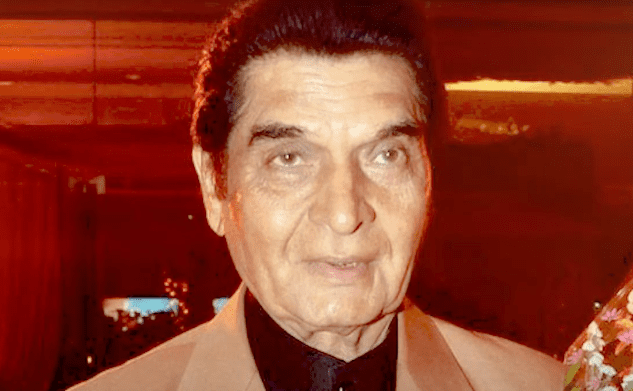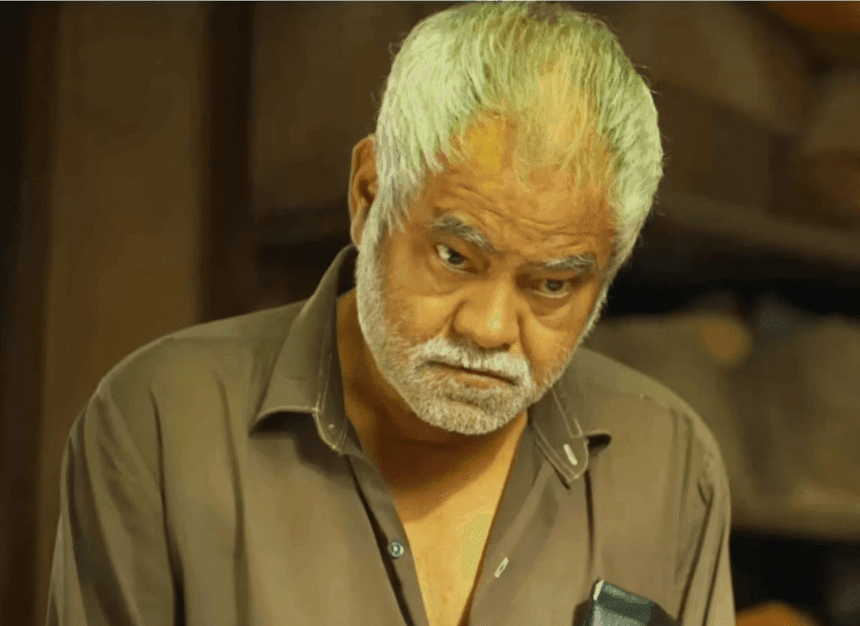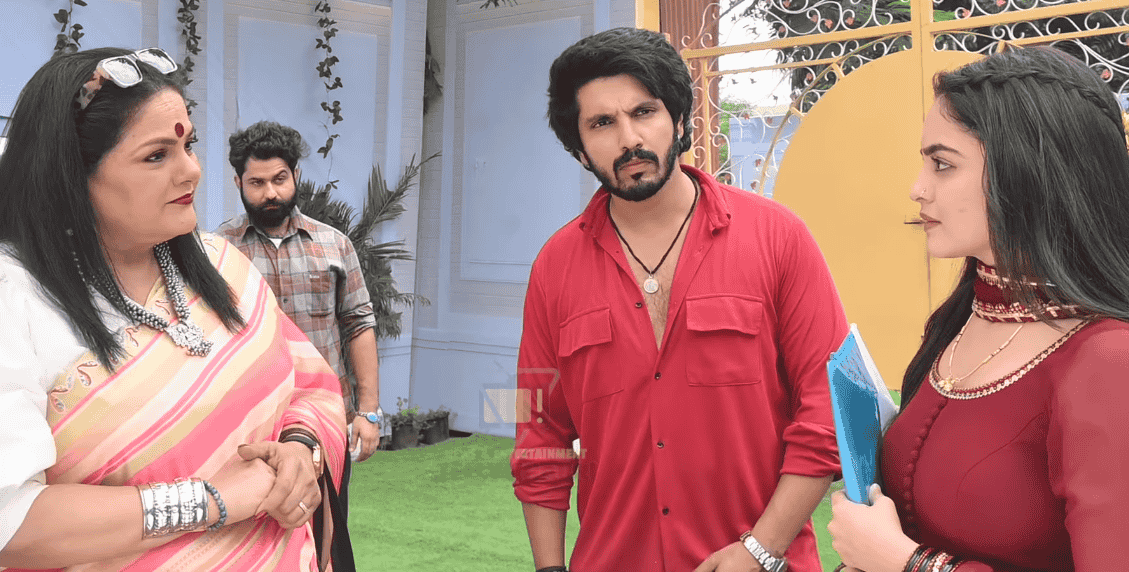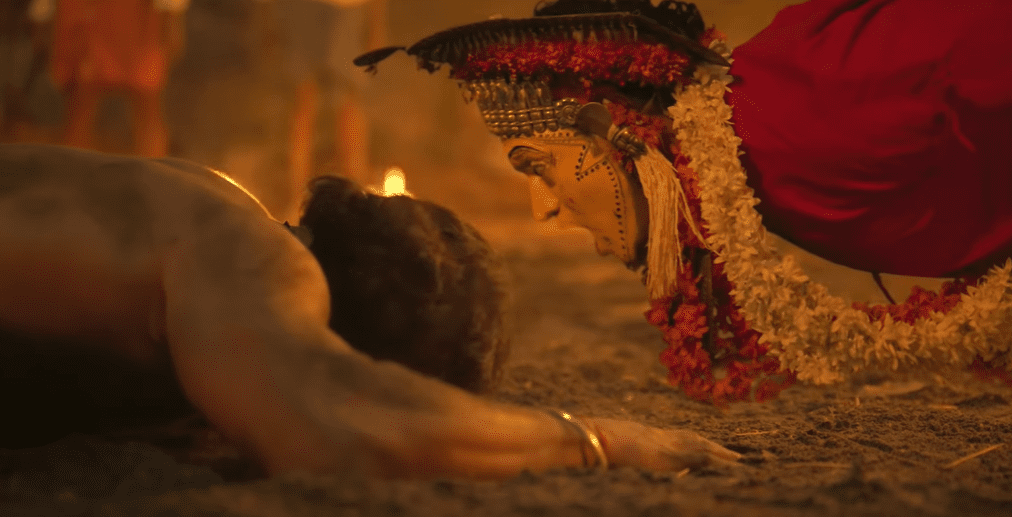
Table of Contents
Reflecting on the Life and Legacy of a Cinematic Visionary
The passing of Govardhan Asrani, affectionately known to millions simply as Asrani, represents a deeply emotional moment for Indian cinema. His death in Mumbai marks the end of a remarkable artistic journey. It also signifies the closing chapter of an era that defined Hindi film comedy for generations. Over the span of more than five decades, Asrani transformed the art of humor into a vehicle for emotion, empathy, and reflection, blending laughter with layers of humanity

.
His ability to convey the subtleties of everyday life through comedic expression made him far more than a performer—he became a storyteller of the Indian experience. Audiences and critics alike regard his work as a vital archive of cultural memory, a testament to an artist who bridged humor and heart with effortless grace.
Early Life: The Formation of a Dreamer
Born on January 1, 1941, in Jaipur, Rajasthan, Asrani grew up surrounded by the vibrancy of post-independence Indian theater. Defying societal expectations, he chose to follow his creative instincts, enrolling in the Film and Television Institute of India (FTII) in Pune. This decision would shape the course of his life. At FTII, he absorbed the discipline of cinematic storytelling and honed a distinctive understanding of timing, characterization, and narrative rhythm.
His early films in the 1960s marked the rise of a performer whose emotional intelligence and comic precision brought new dimensions to Indian cinema. Whether as a supporting actor or a leading face in comedic dramas, Asrani’s adaptability quickly became his artistic signature.
A Monumental Career: From Character Roles to Comedy Royalty
With over 350 films spanning Hindi, Gujarati, Marathi, Telugu, and Punjabi cinema, Asrani’s career reflects an unmatched versatility. His presence infused every film with balance, bringing humor even to the most serious narratives. Directors consistently praised his intuitive understanding of rhythm, tone, and audience psychology.
Iconic Performances That Defined a Generation
- “Sholay” (1975) – His iconic portrayal of the over-the-top jailer became immortal in Indian pop culture, symbolizing comic satire at its best.
- “Chupke Chupke” (1975) – Demonstrated his skill at ensemble comedy, balancing subtlety with impeccable timing.
- “Aaj Ki Taaza Khabar” (1973) – Proved his ability to carry a film as the central comedic force.
- “Bawarchi” (1972) and “Amar Akbar Anthony” (1977) – Illustrated his seamless shifts between humor and heartfelt sentiment.
- “Abhimaan,” “Roti,” and “Mere Apne” – Showcased his capacity for dramatic complexity beyond comedy.
Asrani’s humor was never exaggerated for its own sake. His performances embodied intelligence, emotion, and empathy, connecting deeply with audiences across class, region, and age. He mastered the art of humor that transcends words—a laughter that revealed truth.
Honors, Recognition, and Artistic Influence
Throughout his illustrious career, Asrani received several Filmfare Awards for Best Comedian and numerous Lifetime Achievement Awards, symbolizing his towering influence on Indian entertainment. His work redefined the cultural perception of comedy, elevating it from a secondary genre to a central form of cinematic expression.
His directorial ventures and performances across regional languages reinforced his status as a national artist. His humor carried universality—it was grounded in compassion, humanity, and moral reflection, capturing the pulse of a changing India.
The Mentor and the Humanist
In his later years, Asrani emerged as a mentor to many young actors and comedians. His approach to teaching transcended technique, focusing instead on ethics and emotion. He often emphasized that creativity thrives on discipline, humility, and sincerity—principles that remain foundational for actors who looked up to him.
His collaborations with luminaries such as Hrishikesh Mukherjee, Manmohan Desai, and Rajesh Khanna offered timeless insights into the interplay between art, storytelling, and social commentary. His mentorship extended beyond the screen, influencing the ethos of entire generations of performers.
National Grief and Celebration of an Icon
When the news of Asrani’s passing broke, the nation responded with an outpouring of love and remembrance. Tributes from legends like Amitabh Bachchan, Hema Malini, and Paresh Rawal reflected the depth of admiration he inspired. Fans flooded social media with classic clips, interviews, and personal reflections celebrating his enduring legacy.
A Tribute Network in Visual Form
Television channels and streaming platforms soon began showcasing curated marathons of his greatest works. Film critics, historians, and scholars alike recognized this as a pivotal opportunity to reexamine his contributions through the lens of cultural evolution and cinematic theory.
The Private Man Behind the Public Persona
Behind his fame, Asrani led a life of quiet integrity. Married to actress Manju Asrani, he cultivated a partnership founded on love and mutual respect. Friends often spoke of his humility, gentle humor, and authenticity—qualities that defined his interactions both on and off the screen.
He was a man who valued connection over celebrity, art over applause. To those who knew him personally, his laughter was as genuine in private as it was iconic on film.
Farewell to a Legend: The Final Curtain
Asrani’s funeral in Mumbai became a gathering of artists, admirers, and everyday fans who had grown up watching him. Floral tributes, emotional speeches, and scenes from his films turned the ceremony into a celebration of life rather than a moment of mourning. Film associations and cultural organizations announced plans for memorial festivals and documentaries honoring his remarkable journey.
An Eternal Legacy: Laughter as Art and Philosophy
Asrani’s work stands as a cornerstone of Indian cinematic history. His humor was not just about amusement—it was a mirror reflecting the complexities, contradictions, and beauty of Indian society. Through laughter, he taught audiences to find hope, compassion, and resilience.
His voice, expressions, and iconic characters will continue to echo across generations. In the annals of film history, Asrani remains not only a comedian but a philosopher of laughter—one who redefined joy as both art and truth.





